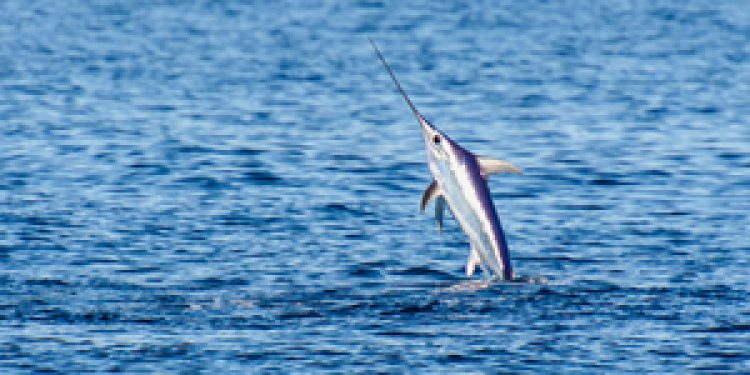The EU Commission has approved a proposal to transpose into EU legislation stronger measures to help the recovery of the Mediterranean swordfish. The new regulation incorporates ICCAT Recommendation 16-05 into EU law.
According to the EU Commission, this is seen as a crucial step towards better management of a stock in deep distress and towards achieving the overarching objective of the MedFish4Ever Declaration; ensuring the environmental, economic and social sustainability of Mediterranean fisheries.
The proposed regulation provides operators with legal certainty regarding rules and obligations, thus enabling the Union to meet its international responsibilities.
Recommendation 16-05 establishes a recovery plan that takes into account the specificities of different types of gear and fishing techniques. When implementing the recovery plan, the Union and Member States should undertake to promote coastal fishing activities and the use of selective fishing gear and techniques that reduce the environmental impact, including gear and techniques used in traditional and artisanal fisheries, thereby ensuring a fair standard of living for local fishing communities.
Measures such as quota, the closed period (January to March) and the derogation from the landing obligation were already integrated in EU legislation at an earlier stage.
The EU submitted its fishing and inspection plan to the ICCAT Secretariat on 15th March 2018. This includes the 7537 EU vessels authorised to fish Mediterranean swordfish in 2018, of which 5464 are recreational vessels and 1918 are longliners under than 24 metres in length.
During the 2016 ICCAT Annual Meeting held in Vilamoura, the ICCAT CPCs adopted Recommendation 16-05, including a 15-year recovery plan. The recommendation lays down rules for the conservation, management and control of the Mediterranean stock of swordfish aiming to achieve a biomass corresponding to a maximum sustainable yield by 2031 with at least 60% probability of achieving that objective. It foresees a linear reduction of 3% each year of the TAC from 2018 to 2022.









